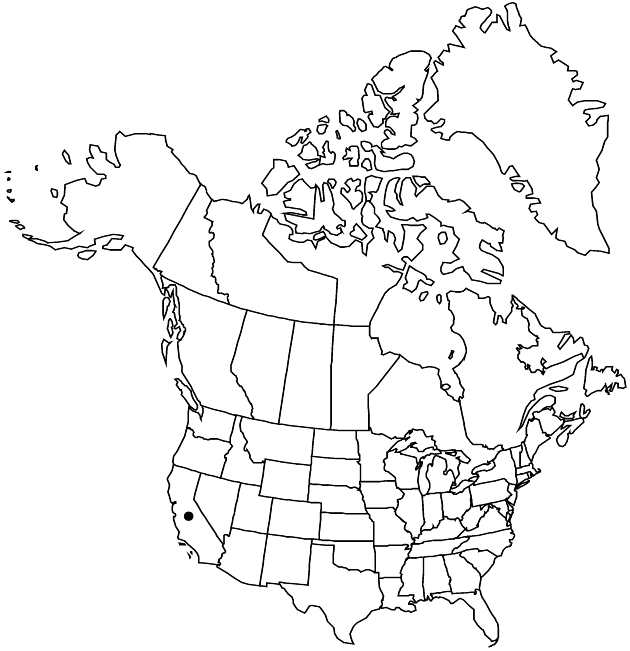Centaurea sulphurea
Enum. Pl., 930. 1809.
Annuals, 10–100 cm. Stems simple to openly branched, branches ascending, villous to hispid with septate hairs and loosely tomentose. Leaves ± villous to hispid with septate hairs, minutely resin-gland-dotted; basal winged-petiolate, blades oblong to oblanceolate, 10–15 cm, margins pinnately lobed, lobes acute, finely dentate; cauline sessile, long-decurrent with narrow wings, linear-oblong to oblanceolate, 1–6 cm, entire or distally serrate with short, spine-tipped teeth. Heads disciform, borne singly or in open, few-headed corymbiform arrays, long-pedunculate. Involucres ovoid, 12–30 mm, distally constricted. Principal phyllaries: bodies greenish or stramineous, ovate to elliptic, glabrous, appendages spreading to reflexed, brown to blackish purple, each with palmately radiating cluster of spines, central spine stout, 1–2.5 cm, base dark-brown to black, distally stramineous. Inner phyllaries: appendages acute or spine-tipped. Florets many; corollas yellow, all ± equal, 25–35 mm; corollas of sterile florets slender, inconspicuous. Cypselae dark-brown, 5–8 mm, glabrous; pappi of many, brown to blackish, unequal bristles 6–7 mm. 2n = 24.
Phenology: Flowering spring–summer (May–Jul).
Habitat: Disturbed sites, grasslands, woodlands, pastures, roadsides
Elevation: 0–300 m
Distribution

Calif., sw Europe
Discussion
Centaurea sulphurea is considered to be a noxious weed by the state of California.
Selected References
None.
Lower Taxa
"glabrous" is not a number."fine" is not a number."fine" is not a number.